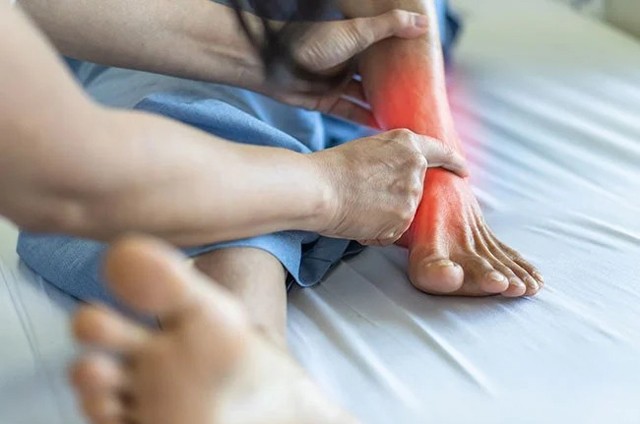5 Ways to Deal with Tendonitis
Tendonitis refers to the inflammation or irritation of a tendon, a flexible band of tissue that connects your muscles to your bones. When the tendons become sore or weak due to inflammation, everyday tasks can become difficult. While tendonitis can happen in any of your tendons, it’s most common in the biceps, elbows, wrists, knees and heels.
Fortunately, tendonitis is typically treated at home with rest and ice. If your symptoms persist after a few days and interfere with your daily activities, schedule an appointment with a pain management specialist.
Below are five ways to manage tendonitis pain and speed up the healing process.
1. Rest
Since many cases of tendonitis are the result of repetitive movements, the first thing you’ll want to do is rest. Taking a few days off gives your tendon a chance to heal. The good news is that tendons don’t need a lot of downtime. Usually a few weeks or less is enough to heal these tissues – anything more than this can be unhelpful. During this time, you may want to consider wearing a brace or sling.
2. Ice
If you’re still experiencing pain after a few days, try applying an ice pack to the affected area. Ice eases pain and reduces swelling, which will make your tendon feel better. Whether you use a large bag filled with ice or a frozen bag of peas, protect your skin by placing a towel between the bag and your skin. Ice the affected area for 15 to 20 minutes every 4 to 6 hours.
3. OTC Pain Reliever
Over-the-counter pain relievers like Tylenol, Motrin or Aleve can take the edge off the pain while you rest and ice. Pain management doctors will often recommend taking ibuprofen (Motrin) because it is an anti-inflammatory drug, relieving both pain and inflammation. Aleve is recommended for people who need long-acting relief.
4. Corticosteroids
If your pain is persistent after at-home treatment measures, your doctor may want to try a steroid. Steroid injections, also called corticosteroid injections, contain anti-inflammatory properties that decrease pain and inflammation. Corticosteroids are best for treating acute cases of tendonitis.
5. Platelet Rich Therapy
PRP treatment involves taking a sample of your own blood and spinning it to separate the platelets, which contain special “factors” that promote healing. The solution is then injected into the affected tendon to accelerate the healing process. PRP injection therapy may help damaged tendons that have not responded to rest or physical therapy.
Most of the time, tendonitis heals on its own within a few days. But there are times when this pain can persist and interfere with your daily life. If you are currently experiencing this, contact Jersey Rehab for an appointment.

